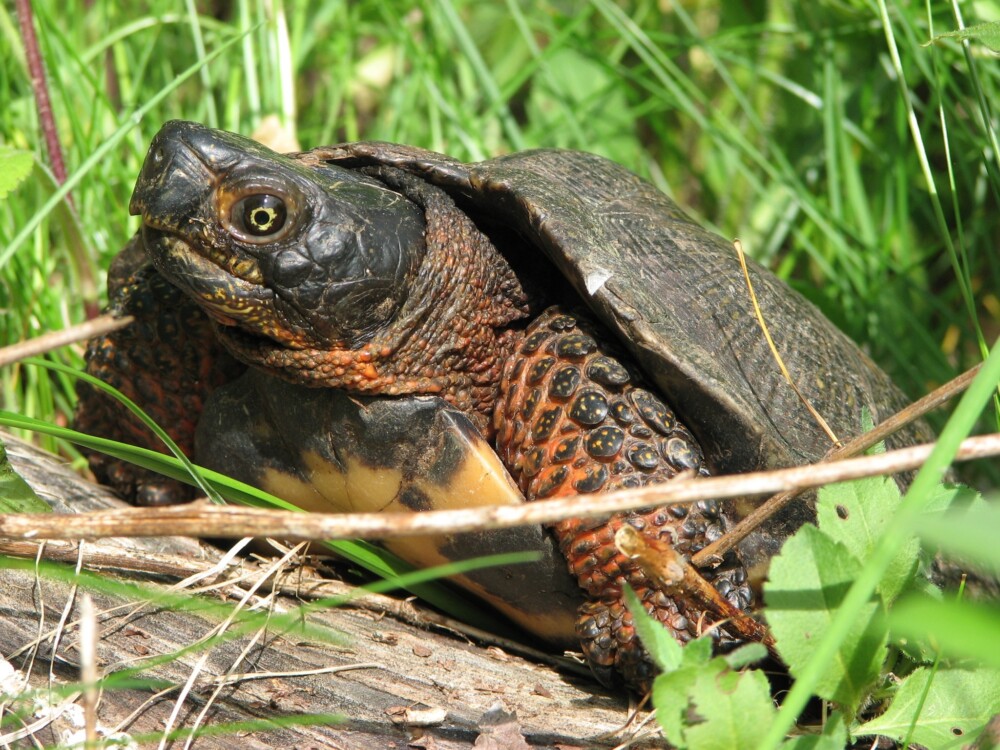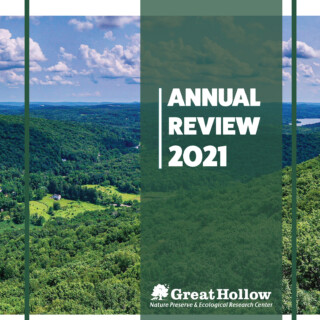
New Wood Turtle Research Published
The wood turtle is a freshwater turtle that has declined sharply in recent decades and is currently listed as a Species of Special Concern by the states of Connecticut and New York. While wood turtles have been well-studied in some parts of their geographic range, which extends from Virginia up to maritime Canada and west to the Great Lakes region, biologists know much less about their populations in southern New England and New York. Studies of the movement patterns and spatial requirements of wood turtles in this geographic area have been identified as a top research priority for the development of effective wood turtle conservation plans. To help fill in these knowledge gaps, Great Hollow’s naturalist John Foley radio-tagged and tracked 31 wood turtles along the Fairfield County, Connecticut and Putnam County, New York border for five years, amassing a huge dataset for its kind. John and Great Hollow’s executive director Chad Seewagen have since been working with turtle biologist, Suzanne Macey, from the American Museum of Natural History, and Columbia University student, Jason Hagani, to analyze the radio-telemetry data to reveal the movement behavior of these turtles. Our findings were recently published in the December issue of the journal Chelonian Conservation and Biology, which can be accessed here.
This is the first peer-reviewed study to describe the area requirements, home range fidelity, hibernaculum fidelity, and upland movement distances of wood turtles in the western Connecticut and eastern New York portion of the species’ geographic range. We expect this information to greatly inform efforts to buffer wood turtle streams from encroaching development and ensure the turtles’ area requirements are maintained. Our results indicate that habitat protection efforts for wood turtles in western Connecticut and eastern New York should consider that an individual turtle utilizes an average area of 13 acres annually to meet its resource requirements and, on average, will range as far as 380 feet away from its home stream into surrounding upland forest. Even though the wood turtle is a protected species in both Connecticut and New York, these states do not currently afford wood turtle habitat any standalone regulatory protection and impose buffers of only 100 feet around streams to protect water quality. Our results indicate that these stream buffers are inadequate to maintain sufficient upland habitat for wood turtles and that regulatory protection of wood turtle habitat should be considered by these states to help sustain their wood turtle populations.
Journal reference: Hagani, J.S., S. K. Macey, J.D. Foley, and C.L. Seewagen. 2021. Movement ecology of the imperiled wood turtle (Glyptemys insculpta) in a lower Hudson River watershed. Chelonian Conservation and Biology 20:281-289. PDF

 Next Post
Next Post